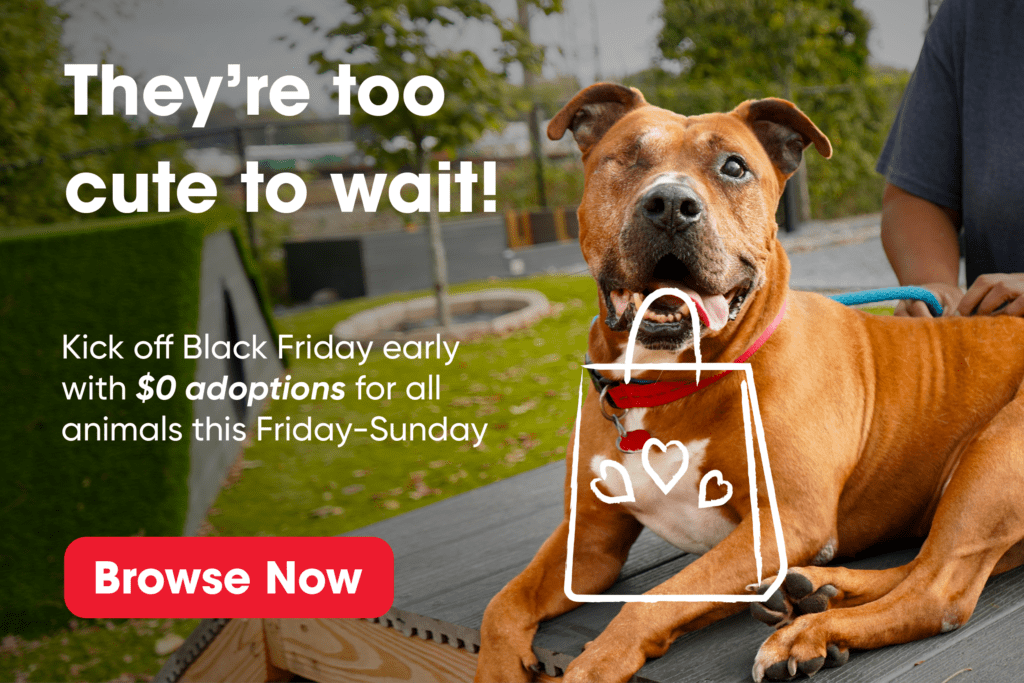If you missed #1, check it out here.
Now, for #2: Put a leash on your dog indoors.
Yeah, I know it seems like leashes are just for walks, but they are helpful for so much more. Giving your dog too much freedom too soon can actually work against you.
You see, the dog has come from a place where he didn’t have much freedom, especially if he came from the shelter. You bring him home, and you obviously want him to have a great, stress-free life now. That’s a laudable goal, but it’s not only unrealistic, it’s impossible. Stress happens, and teaching dogs how to cope with it is better than trying to shield them from it.
As I mentioned in the previous post, crates are great for adding structure and therefore reducing stress. Using a leash inside (not just for walks) allows you to provide structure in several different ways:
Tether your dog to a heavy fixed object for short sessions to help him stay out of your space while you cook, eat, or play with your kids. He will be close, but he cannot physically interact with you. Provide calm praise when he sits or lies down calmly. (Note: supervise your dog when he is tethered. Crate him if you cannot supervise.)
Attach a leash to your dog’s regular collar to create a Drag Line. This gives you a way to catch your dog when he is running from you (usually with a contraband item), or running towards something he shouldn’t have (the kitchen trash, a dangerous item, the cat darting away, etc). You can use a leash, or make a drag line out of lightweight cord and a small clip. Make it 6-8 feet long, and tie some knots along the length. After you step on it and stop the dog, use it to guide him into a better behavior, and reward that. Remove it when he is not being supervised.
Leash up your dog when company is coming so that he cannot meet them at the door and jump all over them, or be worried they might touch him when they come in (if he is nervous about people). Keep the leash loose and as a means of control until he calms down, then let him drag it a bit, or remove it once he is calm.
Giving your dog boundaries and structure helps him to cope with your world, and learn how to be behave. It sets him up for success, which is great for everyone. Happy training!

